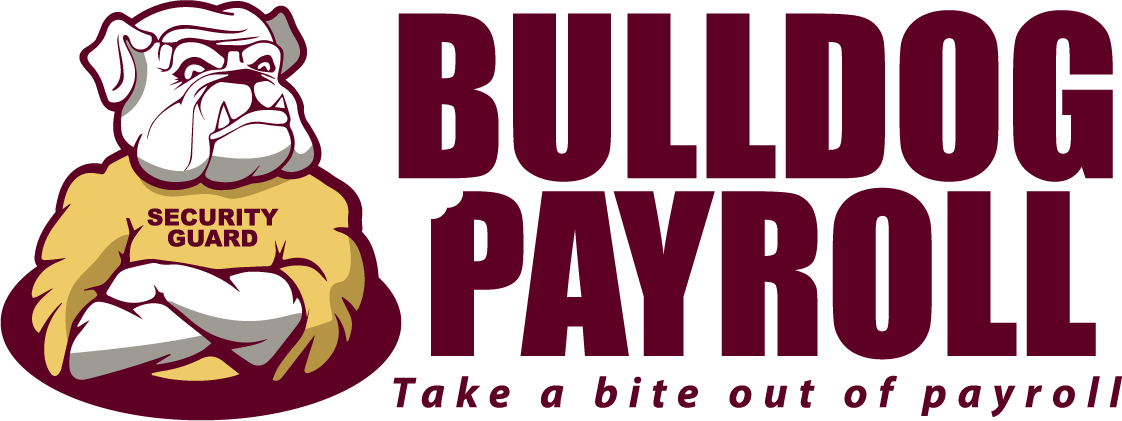How Does Payroll Outsourcing Maximize The Efficiency Of Your Small Business
As a small business owner, you know how critical it is to make the most of your time and resources. But with so many tasks on your plate, it can be hard to find the time to focus on growing your business. One area that often requires significant attention is payroll. Managing payroll can be complex and time-consuming, from calculating employee salaries and benefits to ensuring tax compliance. But what if there was a way to streamline and optimize your payroll process, freeing time and resources to focus on more important tasks? Enter payroll outsourcing.
With its specialized expertise, time-saving benefits, and cost-saving advantages, payroll outsourcing is a powerful tool for small businesses looking to optimize their payroll process. But don't just take our word for it - a survey by the American Payroll Association found that small businesses that outsource payroll save an average of 7.5 hours per month on payroll-related tasks and an average of 15% on payroll costs. So if you're ready to take your small business to the next level, keep reading to learn how payroll outsourcing can help you maximize efficiency.
Reduced Workload
Payroll can be time-consuming and complex, particularly for small businesses that may not have dedicated payroll staff. A
National Small Business Association survey found that nearly 50% of small business owners spend at least one day per week on payroll and human resources tasks. Outsourcing payroll allows small businesses to free up time for the business owner and employees to focus on other tasks and responsibilities. This can help reduce the business's workload and allow employees to focus on more value-adding activities, which can help improve efficiency.
Specialized Expertise
Payroll outsourcing companies typically have in-depth knowledge of payroll and tax compliance, so they can handle these tasks more efficiently and accurately. This can help to reduce the risk of errors and compliance issues, which can be costly for businesses. In fact, a survey by payroll software company SurePayroll found that a
small business's average cost of a payroll mistake is around $400. By outsourcing payroll, small businesses can tap into the expertise of these specialists to ensure that their payroll process is handled accurately and efficiently. This specialized expertise can help improve the payroll process's efficiency by reducing the risk of errors and ensuring compliance with relevant laws and regulations.
Time-saving
In addition to reducing workload and providing specialized expertise, payroll outsourcing can also help small businesses to save time and money. Outsourcing payroll can save time as the business owner and employees don't have to spend as much time on payroll-related tasks. It can also eliminate the need for businesses to spend time on tasks such as updating payroll software or training employees on new payroll processes. A survey by the American Payroll Association found that small businesses that outsource payroll save an average of 7.5 hours per month on payroll-related tasks. This time-saving can be significant for small businesses that have limited resources and need to make the most of their time.
Is payroll a thorn in your side? Let us handle all the stress related to payroll so you don't have to...
Cost-saving
In terms of cost-saving, a survey by the American Payroll Association found that outsourcing payroll can save small businesses an average of 15% on
payroll costs. The business does not have to pay for
payroll software, training, or employee time. By outsourcing payroll, small businesses can reduce their overhead costs and stretch their resources further. This cost-saving can be significant for small businesses that have limited budgets and need to be mindful of their expenses.
Flexibility
Payroll outsourcing allows small businesses to be more flexible in terms of staffing. It enables businesses to scale up or down as needed without worrying about hiring or laying off employees. This can be particularly useful for businesses that experience fluctuations in their staffing needs. By
outsourcing payroll, small businesses can be more agile and responsive to changing business conditions, which can help them to stay competitive. This flexibility can be an important factor in maximizing efficiency, allowing businesses to adapt to changing circumstances and optimize their workforce.
Conclusion
Payroll outsourcing can be a powerful tool for small businesses looking to streamline their payroll process and increase efficiency. According to a survey by the National Small Business Association, 60% of small businesses that outsourced payroll saw an improvement in their overall efficiency. Additionally, outsourcing payroll services can help small businesses save time and money. A study by Paychex found that small businesses can save up to 40 hours per month by outsourcing payroll, and the average small business can save up to $15,000 per year.
Outsourcing payroll can also help small businesses comply with employment laws and tax regulations, as payroll service providers have expertise in these areas. With the right payroll outsourcing partner, small businesses can focus on their core competencies and leave payroll details to the experts.
If you're a small business owner considering outsourcing payroll, it's important to research and choose a reputable payroll service provider. With the right partner, outsourcing payroll can help your small business maximize efficiency and achieve long-term success.
Schedule a free consultation to learn more.
Is payroll a thorn in your side? Let us handle all the stress related to payroll so you don't have to...










